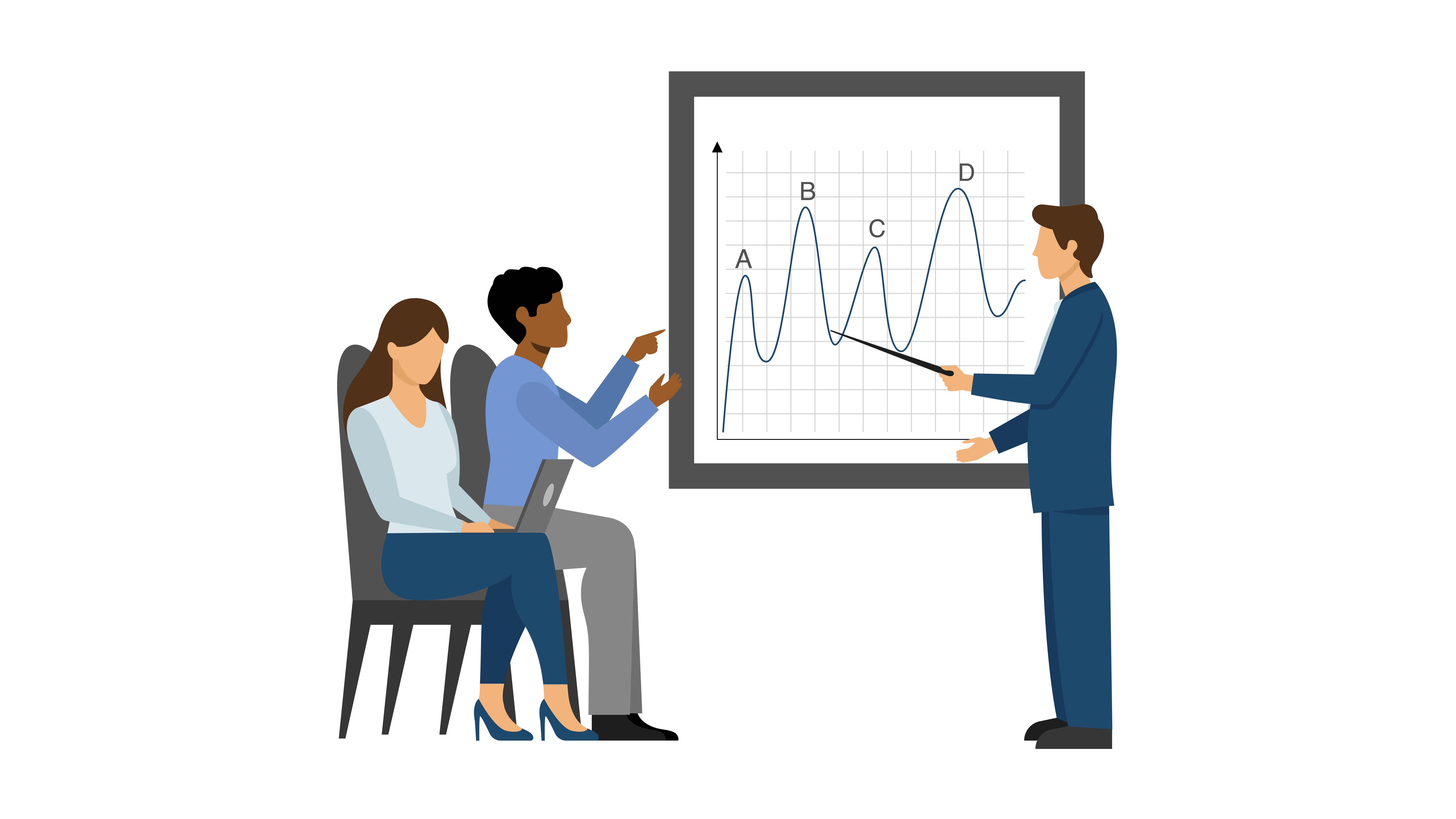All Categories
Featured
Customer data platforms (CDPs) are an essential instrument for modern businesses that want to gather the, organize, and store customer data in one central data center. These software applications give the most complete and accurate understanding of the customer and can be used to improve marketing strategies and personalize customer experiences. CDPs have a range of functions, including data management, data quality and formatting. This allows customers to be compliant regarding how their data is stored, used and accessed. With the capability of pulling data from different APIs and other APIs, CDPs can also pull data from other APIs. CDP can also help organizations put the customer at the heart of their marketing campaigns and to improve their processes and engage their customers. This article will explore the various aspects of CDPs, and how they help organizations.
consumer data platform
Understanding the CDP. A Customer data platform (CDP), is software that lets companies collect, store and manage customer data from a central data center. This provides a clearer and more complete view of your customers and helps you target your marketing and customize customer experience.
-
Data Governance: A CDP's capability to secure and control the data that it incorporates is one of its main features. This involves profiling, division and cleaning of data that is incoming. This ensures that the organization stays in compliance with data regulations and guidelines.
-
Data Quality: It's crucial that CDPs make sure that the information they collect is of high-quality. This means that the data has to be entered correctly and adhere to the standards of quality desired. This reduces the need for storage, transformation and cleaning.
-
Data Formatting: A CDP is also utilized to ensure that data conforms to the predefined format. This permits data types such as dates to be identified to customer data, and also ensures the same and consistent data entry. customer data management platform
-
Data Segmentation The CDP allows you to segment customer data in order to better understand customers from different groups. This allows testing different groups against one another and to get the most appropriate sample and distribution.
-
Compliance The CDP allows organizations manage customer data in a way that is compliant. It permits the definition of secure policies, the classification of information according to the policies, and the identification of violations to policies while making marketing decisions.
-
Platform Selection: There is a variety of CDPs, so it is essential to understand your requirements prior to selecting the right one. Take into consideration features like data security and the capability of pulling data from other APIs. customer data management platform
-
Putting the Customer at the Heart of Everything: A CDP allows the integration of real-time, real-time customer data, offering immediate access, accuracy and unison that every marketing department needs to improve their operations and engage their customers.
-
Chat, Billing , and more: A CDP makes it easy to discover the context of great conversations, no matter if you're looking at billable or past chats.
-
CMOs and big data Sixty-one percent of CMOs say they are not leveraging enough big data according to the CMO Council. The 360-degree view of customers provided by CDP CDP is an excellent way to overcome this problem and allow for better marketing and customer engagement.
With so lots of different kinds of marketing technology out there every one usually with its own three-letter acronym you might wonder where CDPs come from. Although CDPs are amongst today's most popular marketing tools, they're not a totally brand-new concept. Instead, they're the most recent step in the evolution of how online marketers manage client information and consumer relationships (Cdp's).

For most online marketers, the single most significant value of a CDP is its capability to segment audiences. With the capabilities of a CDP, online marketers can see how a single consumer communicates with their business's different brand names, and identify chances for increased customization and cross-selling. Naturally, there's much more to a CDP than segmentation.
Beyond audience segmentation, there are three huge reasons your company may desire a CDP: suppression, personalization, and insights. One of the most fascinating things marketers can do with data is determine consumers to not target. This is called suppression, and it's part of providing truly individualized customer journeys (What is Cdp in Marketing). When a client's unified profile in your CDP includes their marketing and purchase data, you can suppress ads to clients who have actually already made a purchase.

With a view of every customer's marketing interactions linked to ecommerce data, website gos to, and more, everyone throughout marketing, sales, service, and all your other groups has the opportunity to understand more about each consumer and deliver more individualized, relevant engagement. CDPs can help online marketers address the root causes of much of their most significant daily marketing issues (Cdps).
When your information is disconnected, it's more hard to understand your customers and create significant connections with them. As the variety of data sources used by marketers continues to increase, it's more vital than ever to have a CDP as a single source of reality to bring everything together.
An engagement CDP utilizes consumer data to power real-time customization and engagement for consumers on digital platforms, such as websites and mobile apps. Insights CDPs and engagement CDPs comprise most of the CDP market today. Extremely couple of CDPs consist of both of these functions similarly. To select a CDP, your business's stakeholders ought to think about whether an insights CDP or an engagement CDP would be best for your needs, and research the few CDP alternatives that include both. What is a Cdp.
Redpoint GlobalLatest Posts
CDPs and the Role of Data Segmentation in Marketing
CDPs and the Role of Data Formatting
The Role of CDPs in Reducing Additional Expenses for Data Management